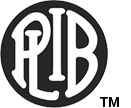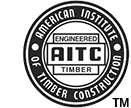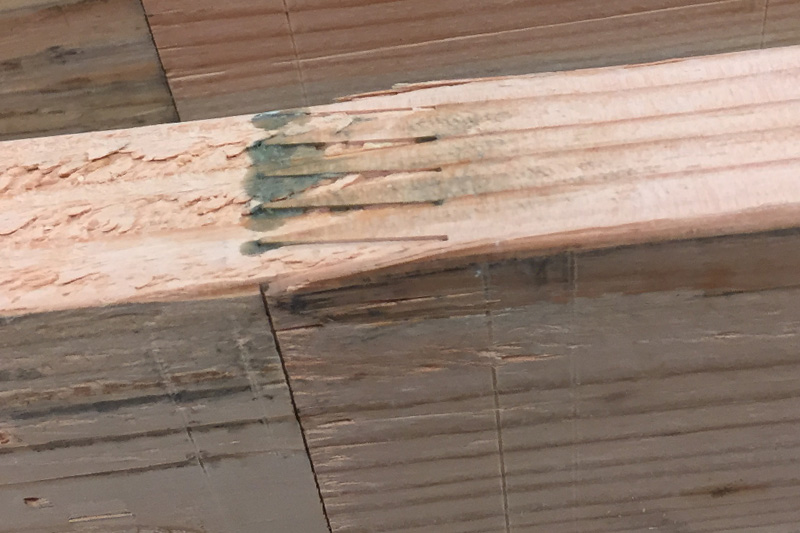PLIB provides certification and inspection services for mills that manufacture structural glued lumber products. These are commonly referred to as finger-jointed (or end-glued) lumber, edge-glued lumber, face-glued lumber, or a combination of these.
Producers of structural glued lumber must have their product certified by a third-party inspection agency such as PLIB and conduct ongoing tests of their production. The qualification and ongoing testing requirements are established by each rule writer and agency and as a result, there are different qualification standards across North America. In addition, different products require different test equipment, procedures, and adhesives. The process of getting up and running for one of these special products can be complicated and even confusing. PLIB can walk interested manufacturers through the certification process and help them get their products qualified and labeled properly.
For more information on structural glued lumber, call us at 253.835.3344 (U.S.) or 604.732.1782 (Canada) or contact us via email.
Structural glued lumber products are manufactured by gluing two-or more pieces of lumber together to make a lumber product that can be used in a structural application, such as a wall stud, joist, or I-joist flange.
The most common structural glued lumber product is known as finger-jointed lumber. This product is made with lumber that has been machined on the ends to produce a profile of v-shaped “fingers.” These profiled pieces are then glued together end-to-end with the fingers interlocking, to produce long length pieces. Most finger-jointed lumber products are visually graded and not subject to in-line mechanical evaluation. However, some producers manufacture a finger-jointed MSR product. Finger-jointed lumber is recognized by the building codes as interchangeable with non-finger-jointed lumber of the same grade.
There are two broad categories of finger-jointed lumber– “Structural” and “Stud/Vertical Use Only.” Structural finger-jointed lumber products are manufactured with waterproof adhesives and can be used in both vertical and horizontal applications wherever non-finger-jointed lumber is allowed. These products can be manufactured in wider widths and are used as joists and rafters, as well as flange and chord members where bending and/or tensile forces may be significant. “Stud/Vertical Use Only” products, as the name implies, are to be used in vertical applications where the member is loaded in axial compression and where bending and tension design loads are short duration (such as wind or seismic). Typical wall stud applications would fall into this category. “Stud/Vertical Use Only” lumber can be made with non-waterproof adhesives and therefore the in-service moisture content of the wood must not exceed 19%.
Other structural glued lumber products include face-glued structural lumber and edge-glued structural lumber.
One advantage of finger-jointed lumber is the ability to manufacture very long lengths that can have a wider variety of applications.




